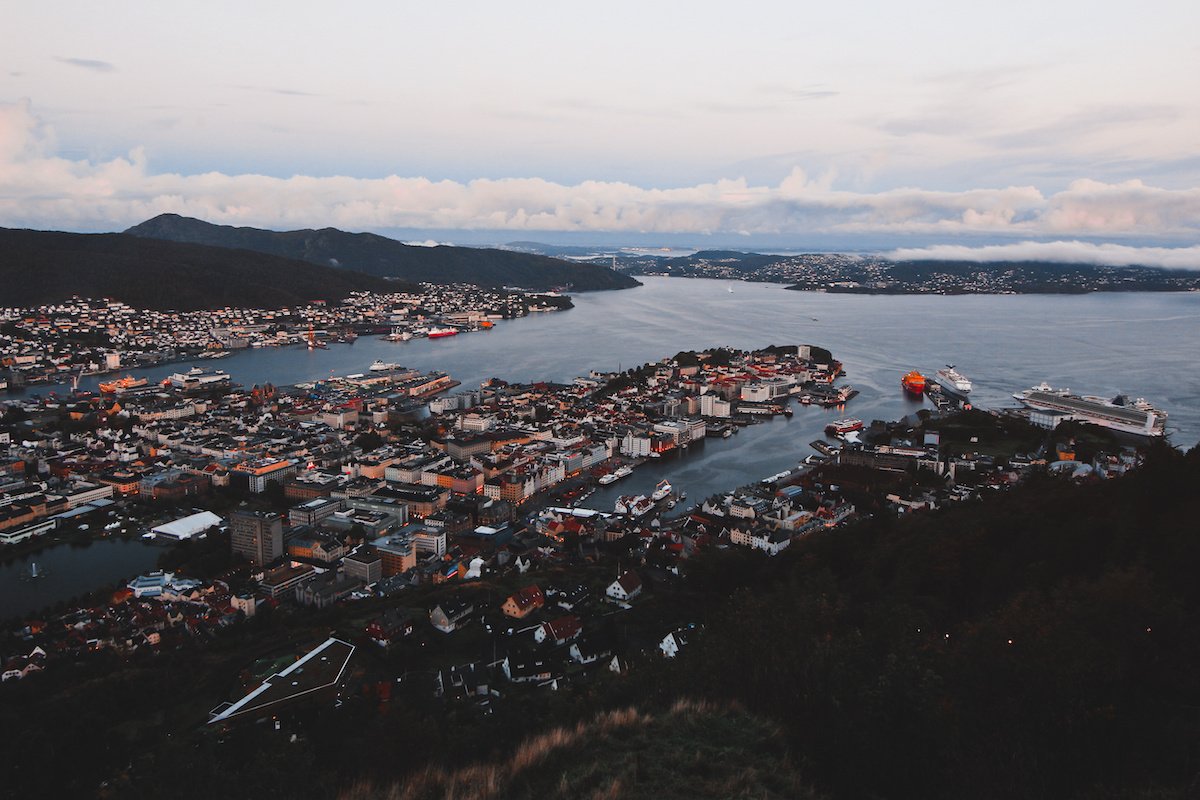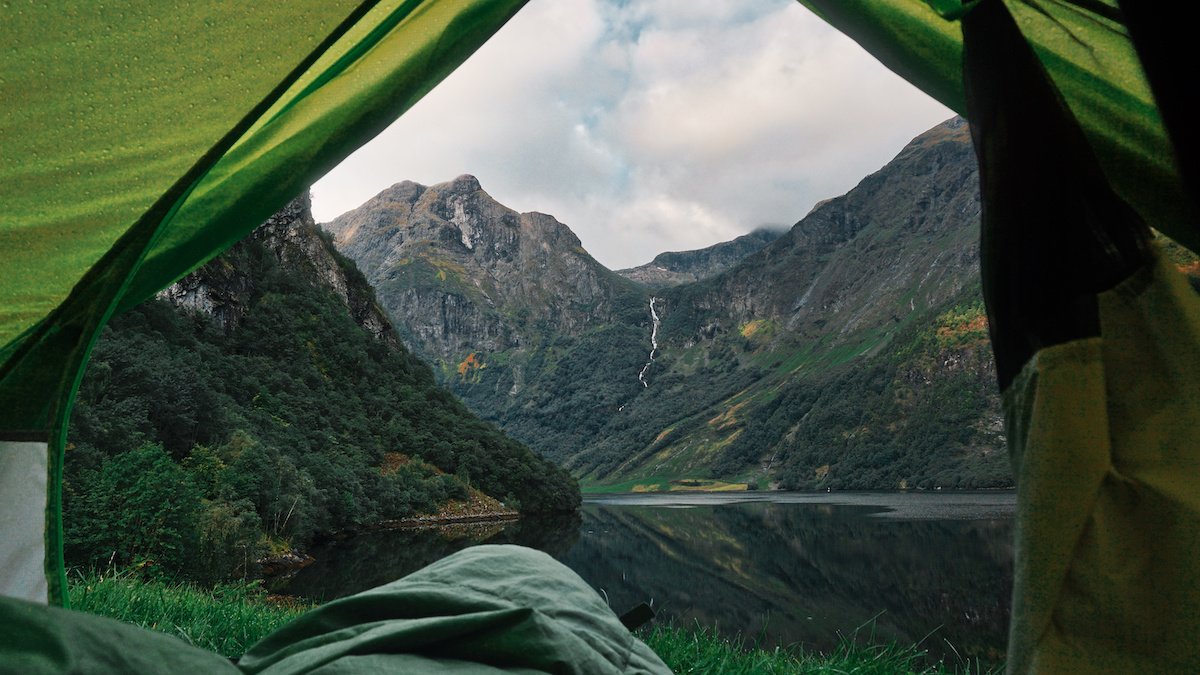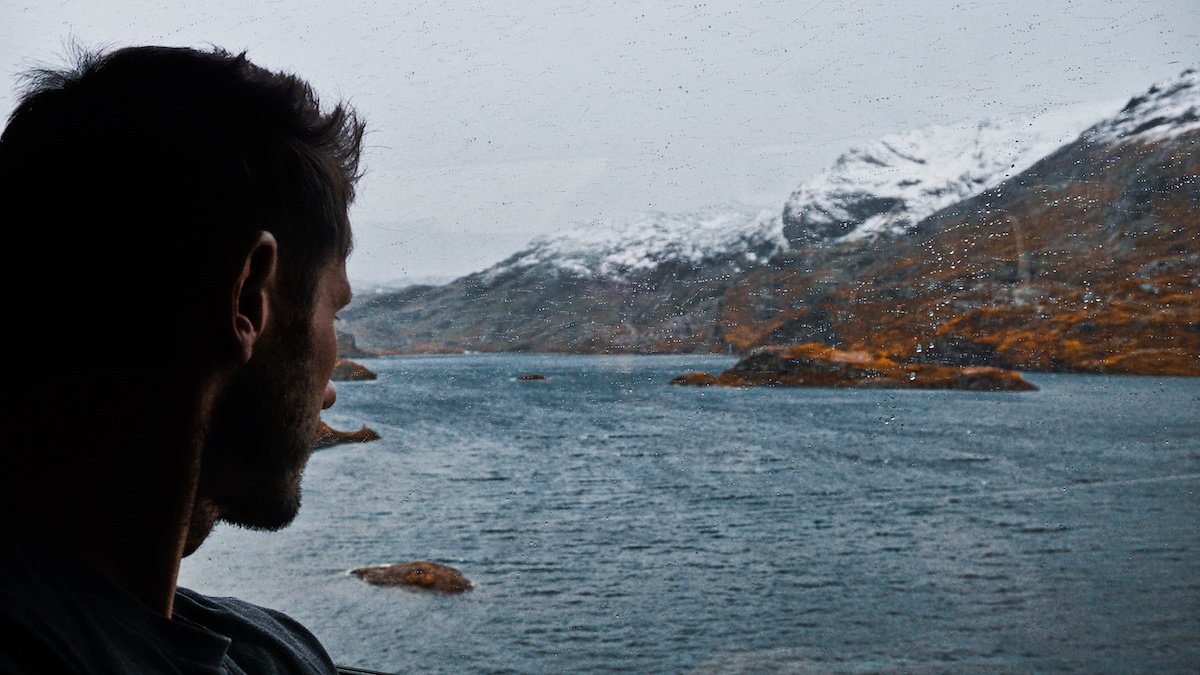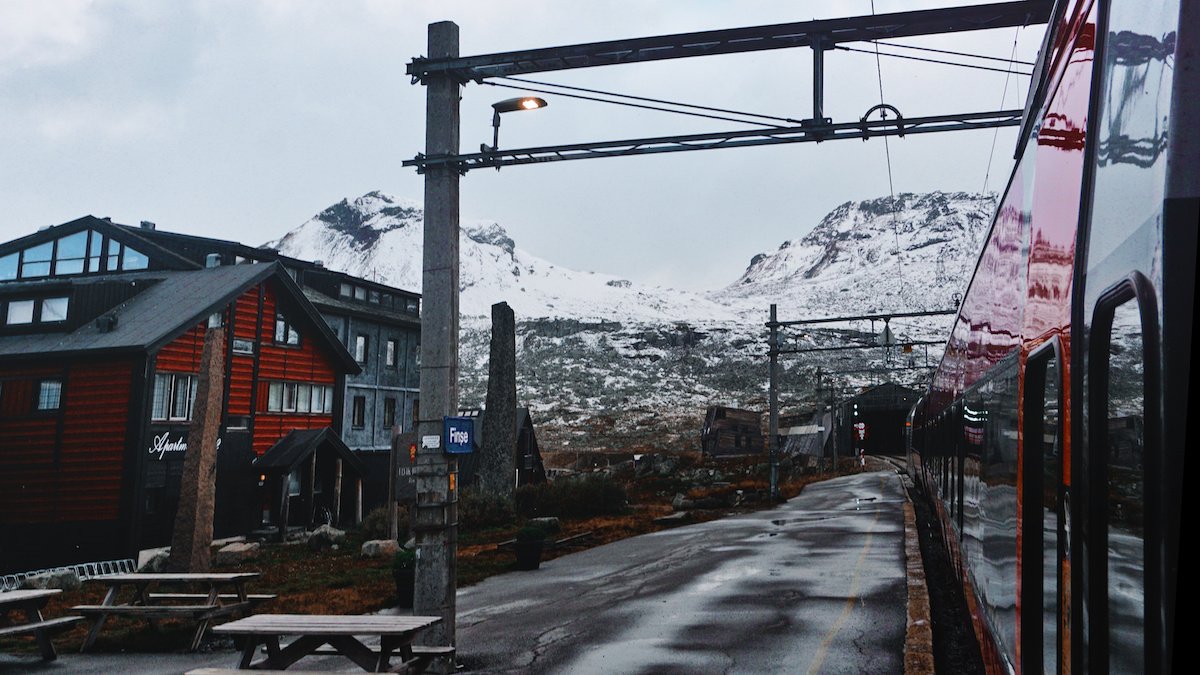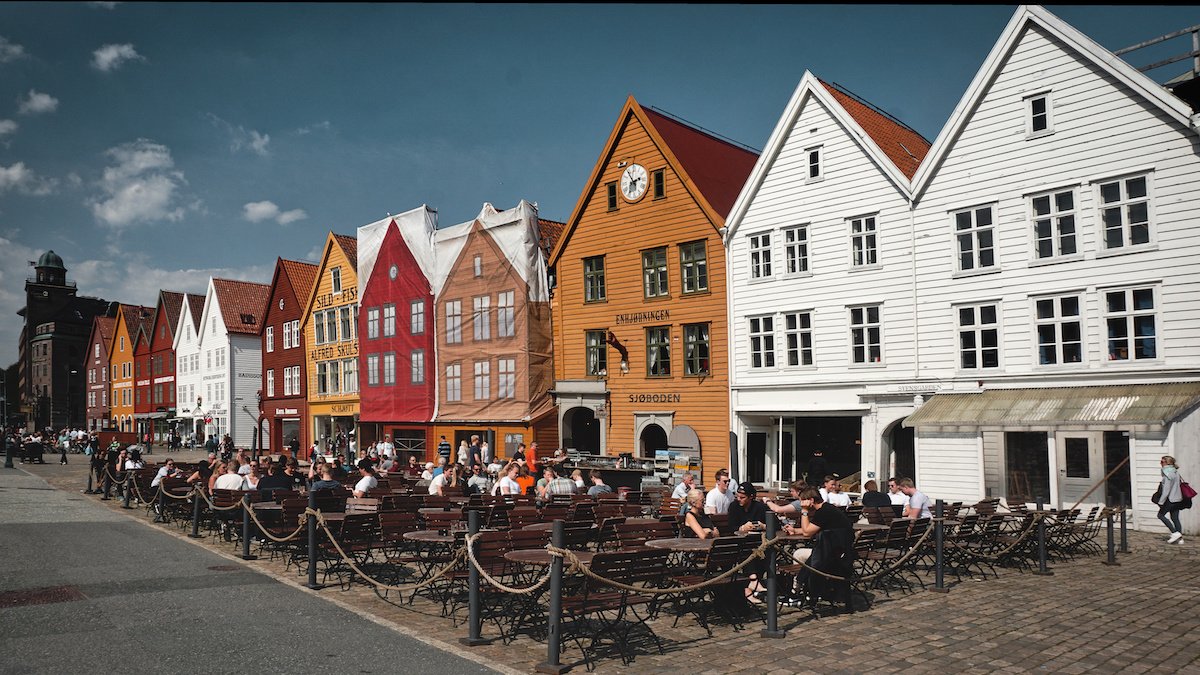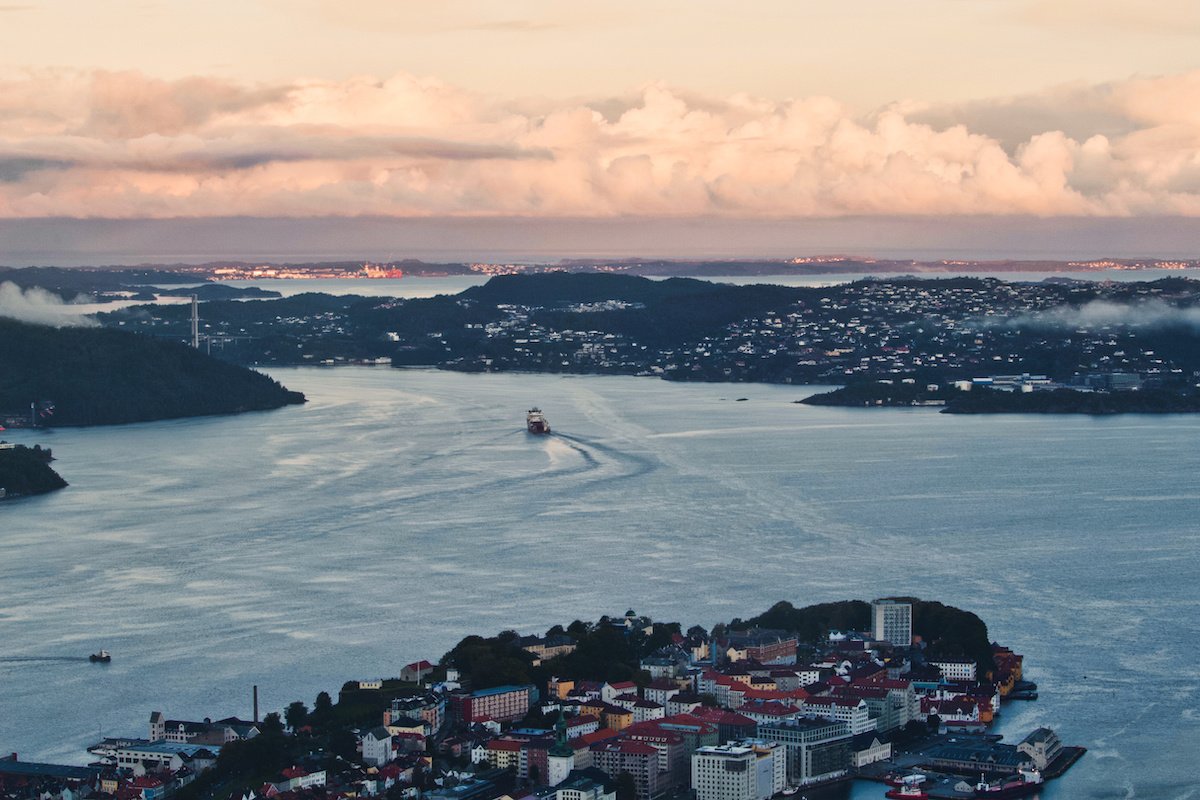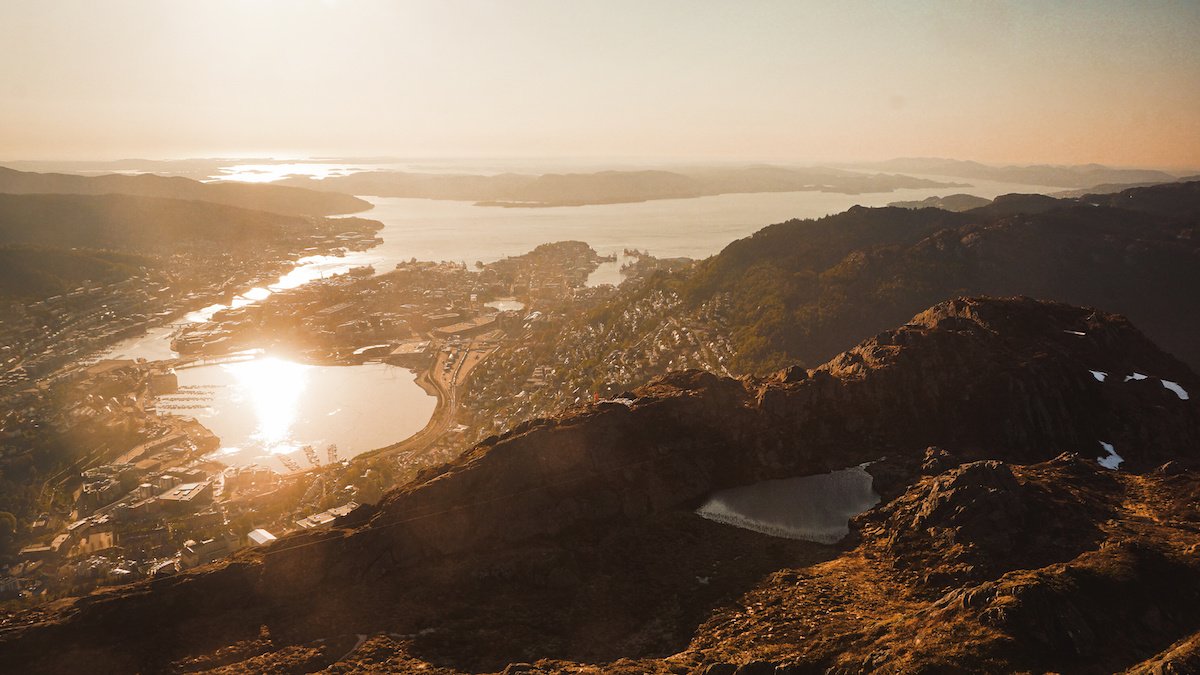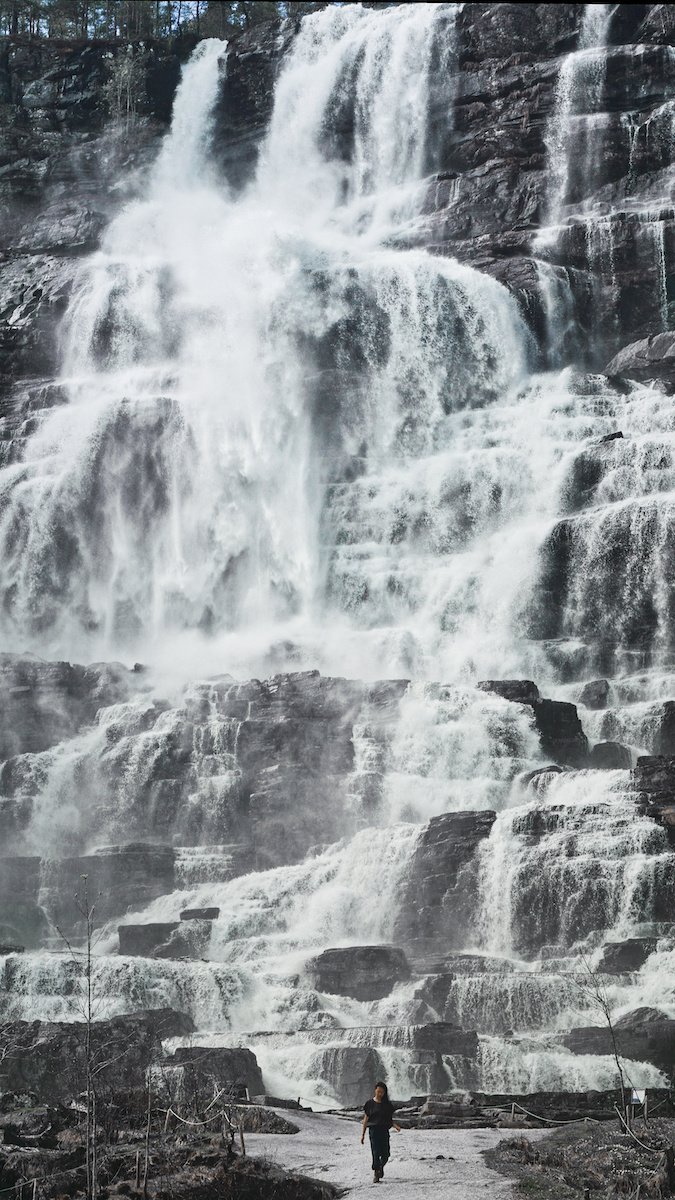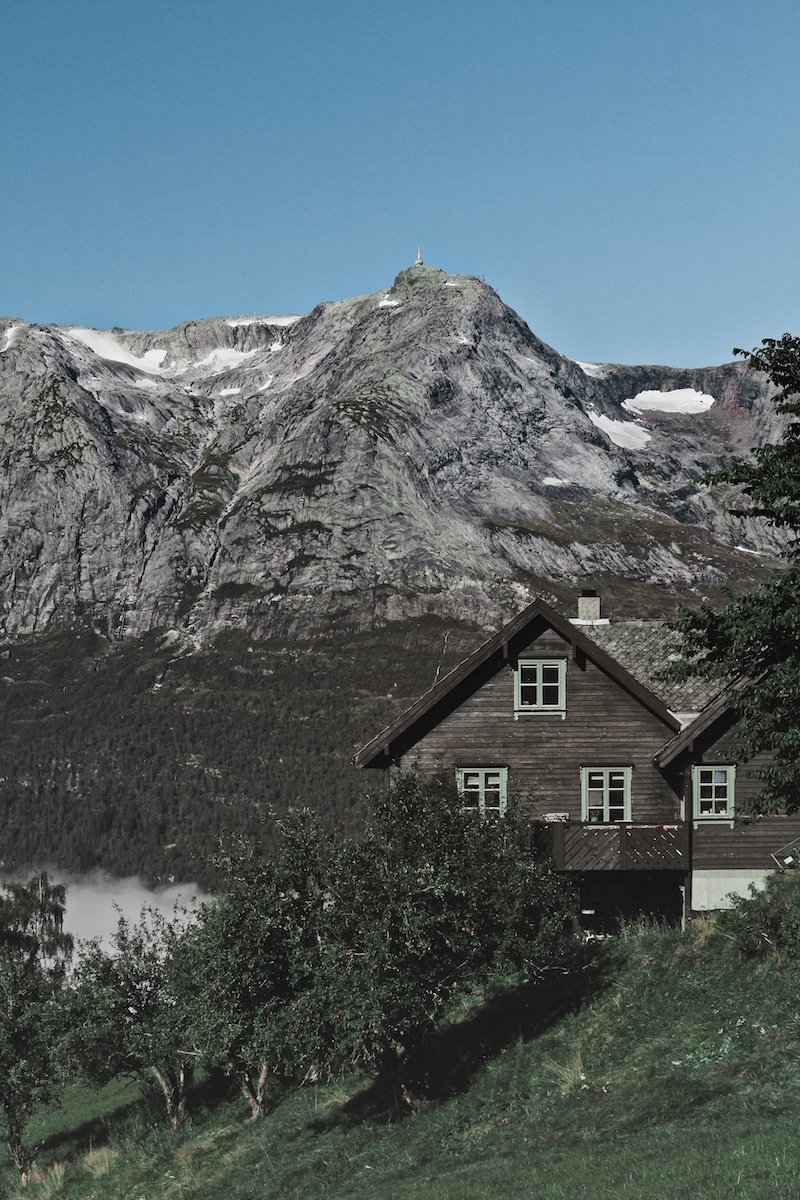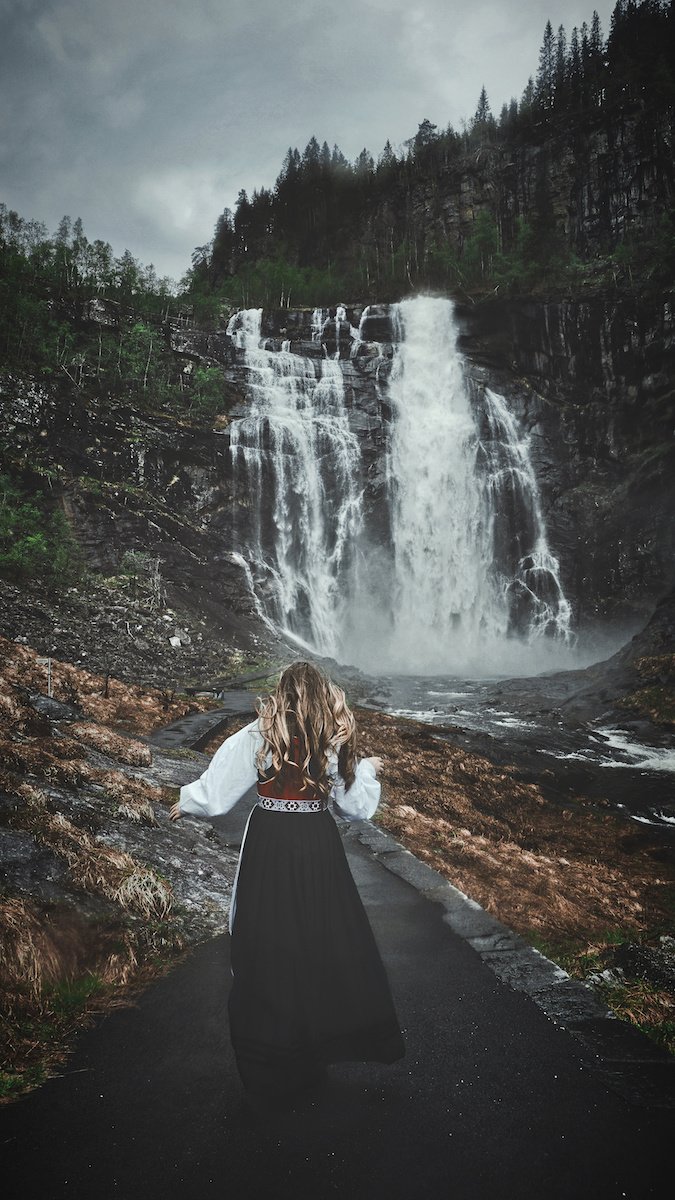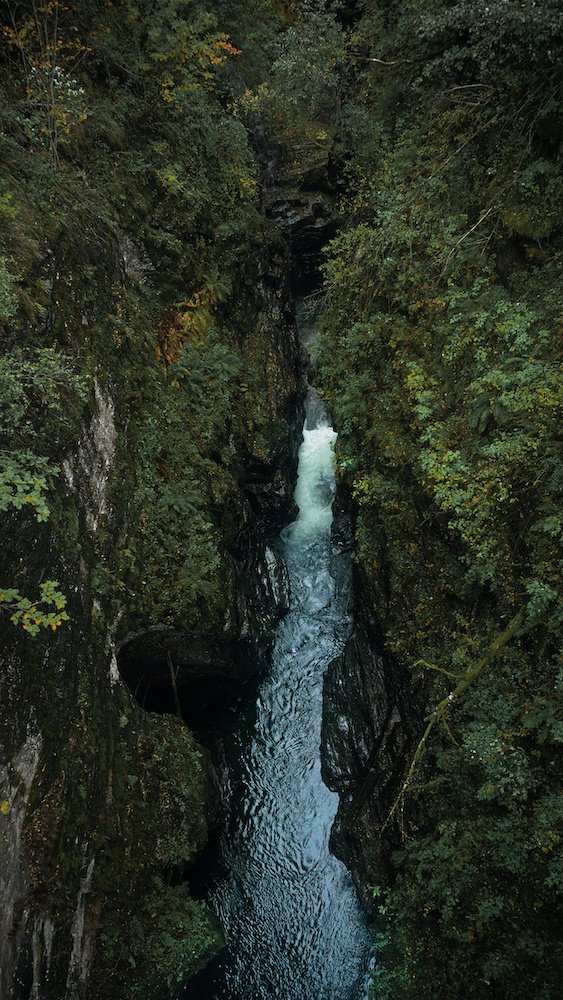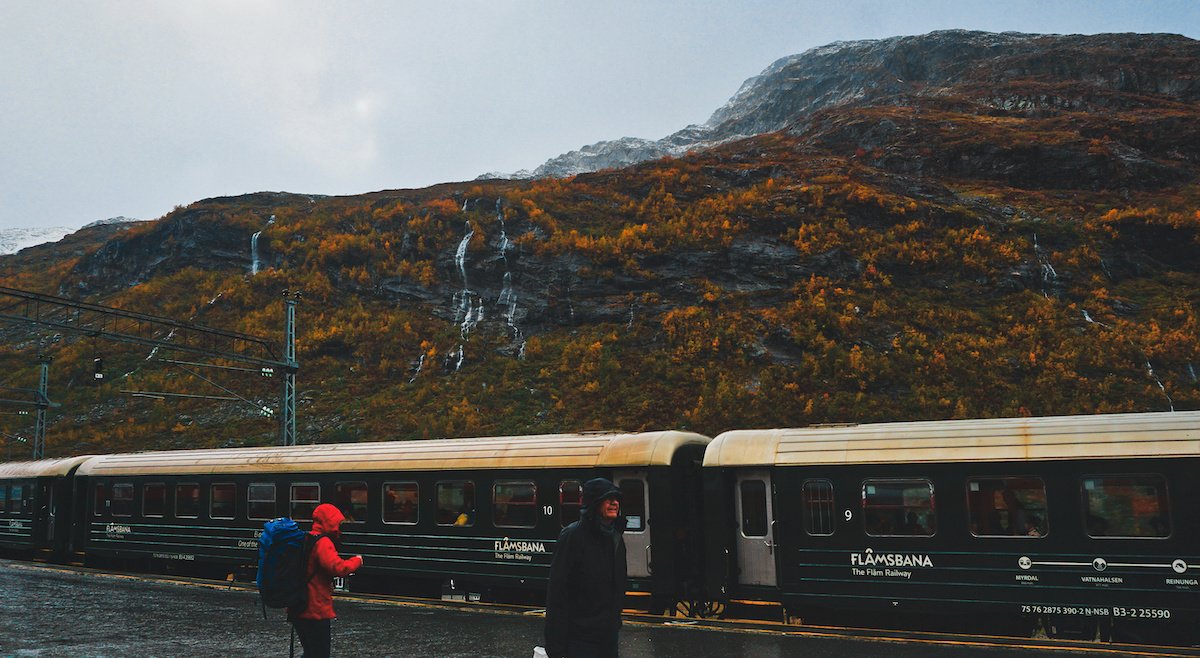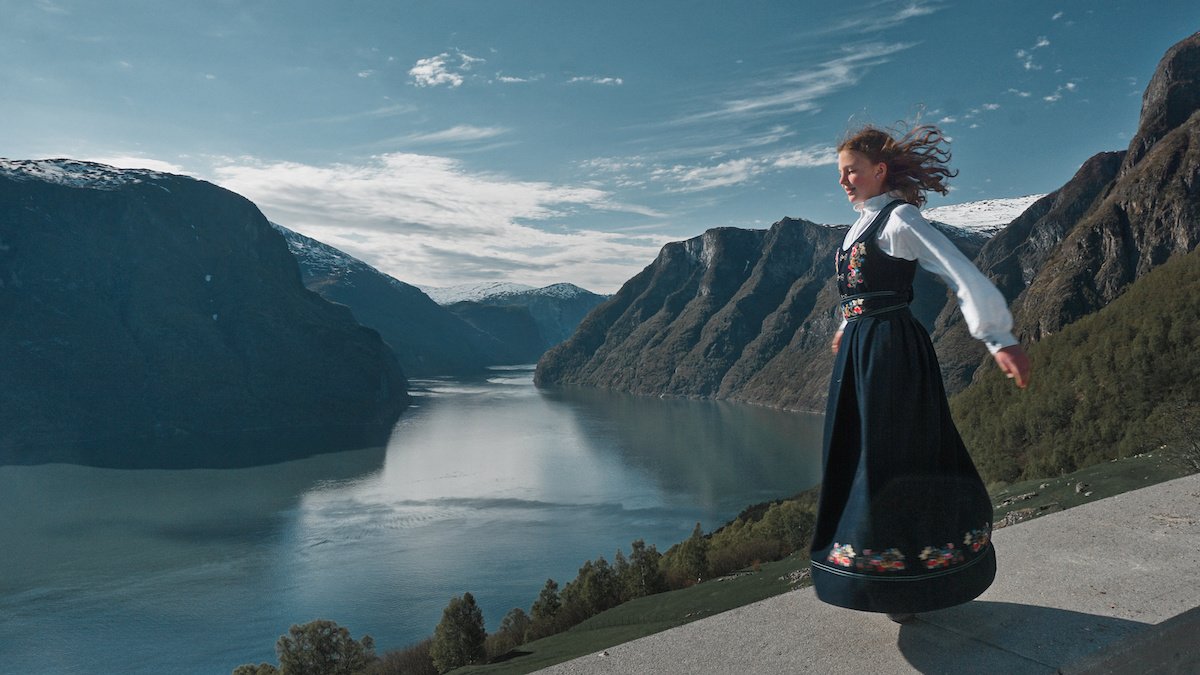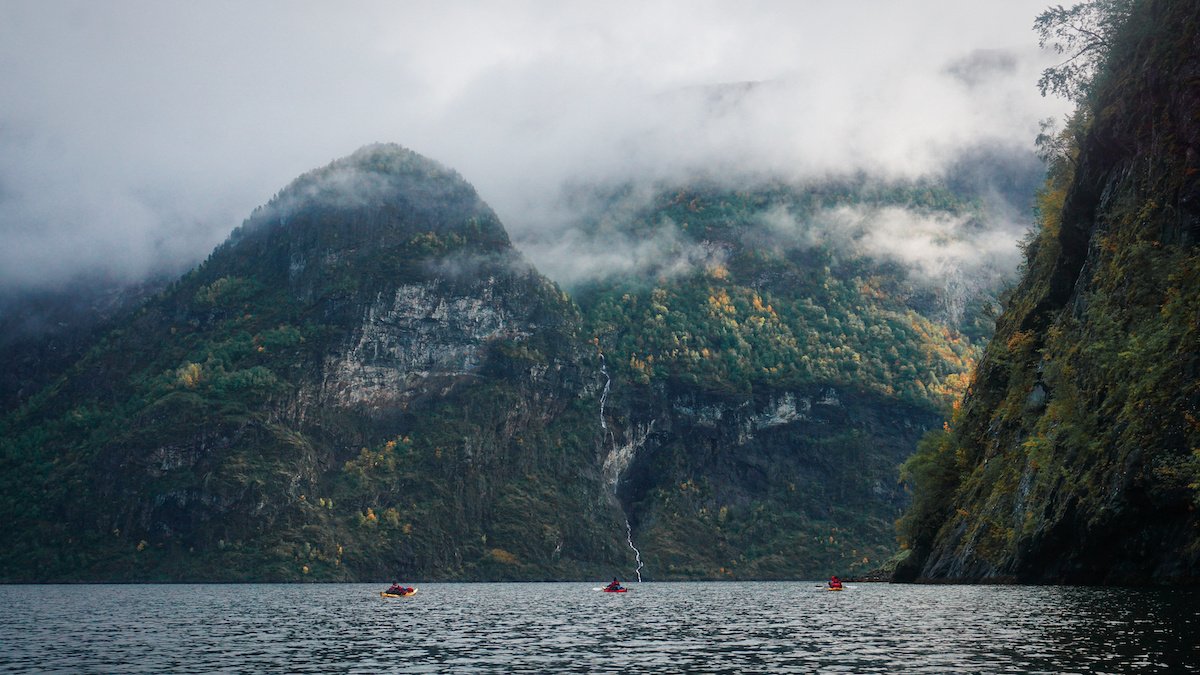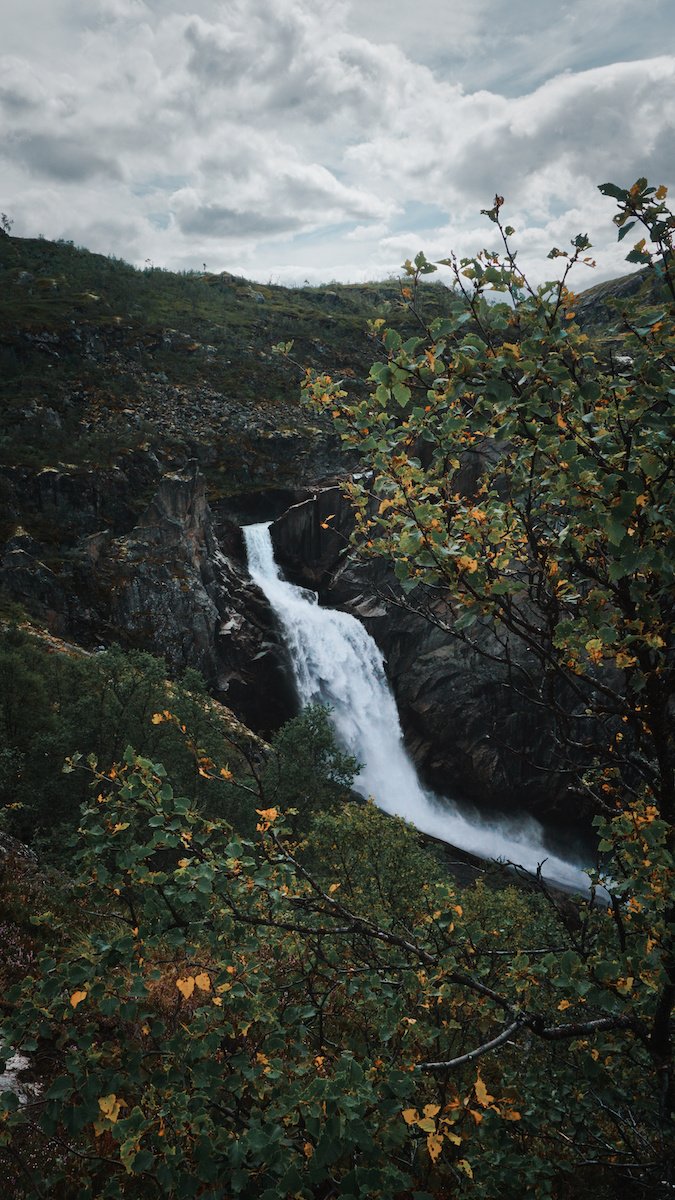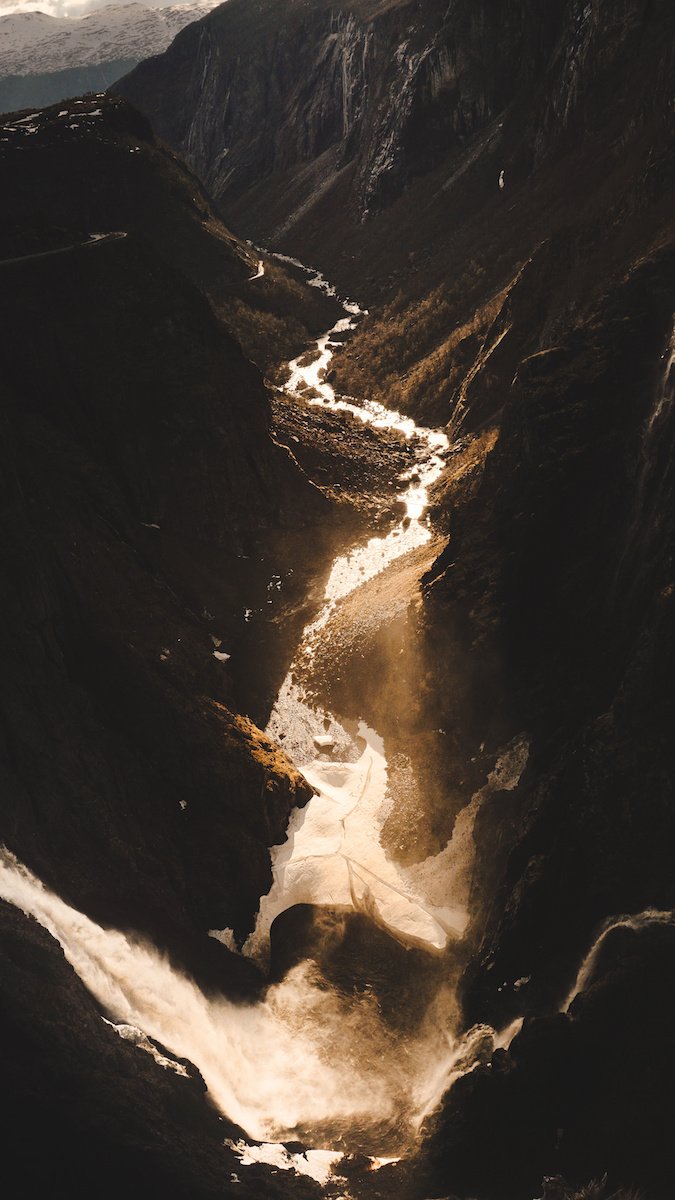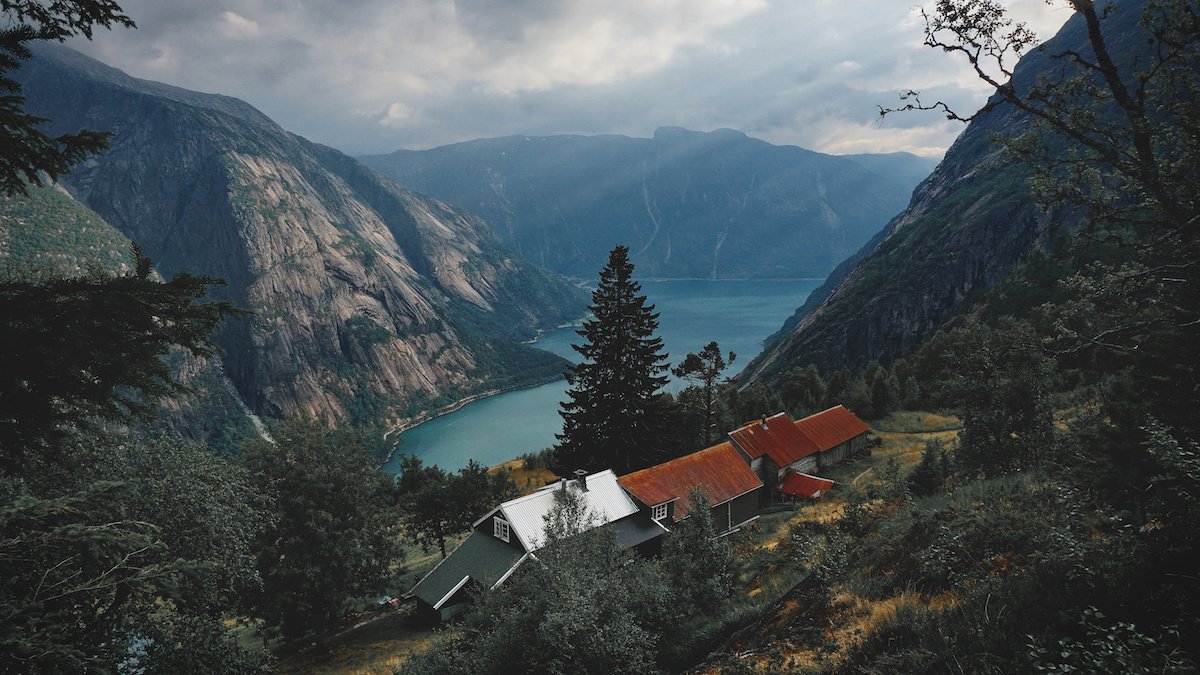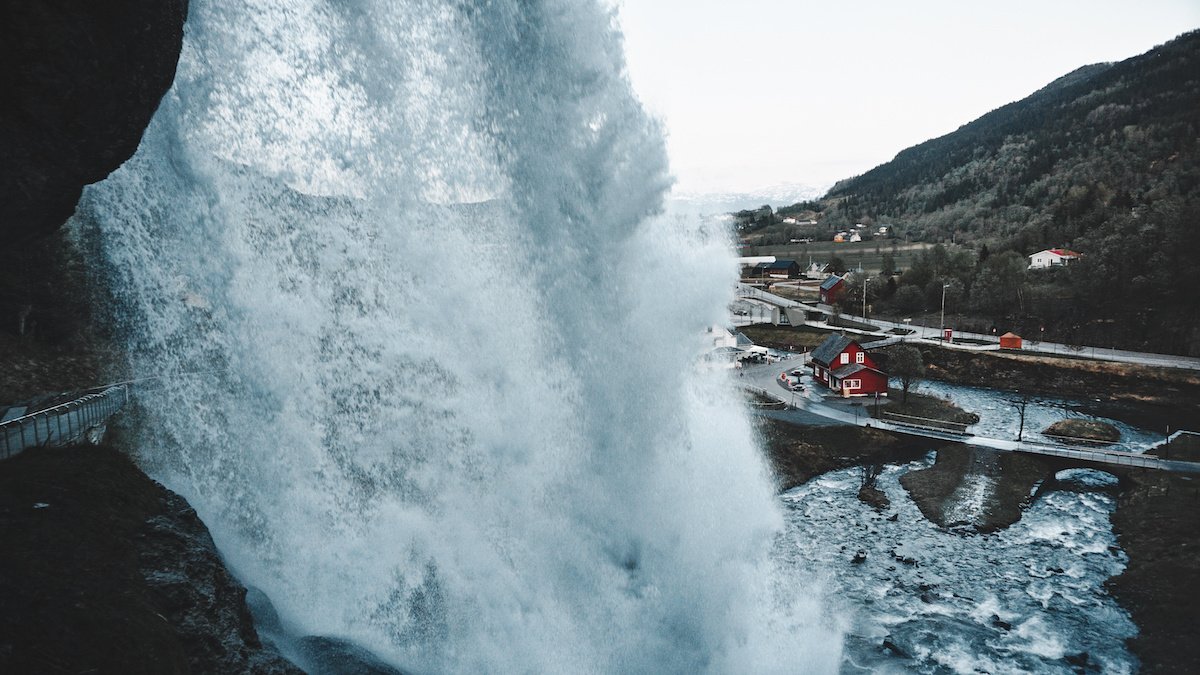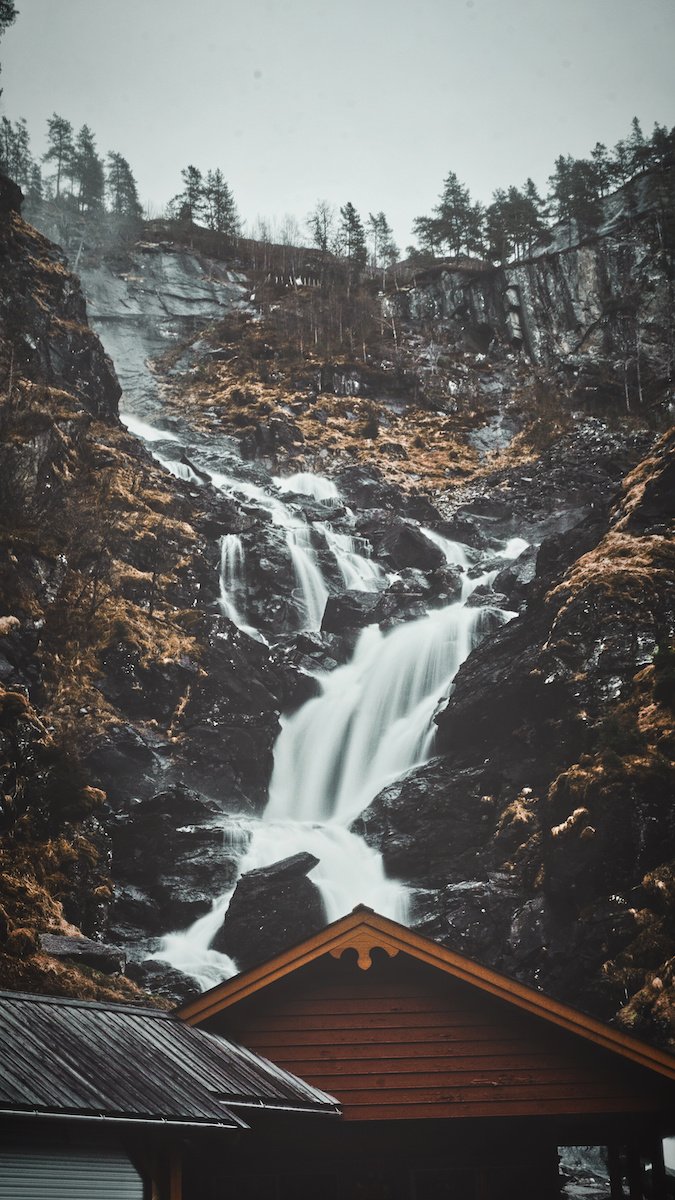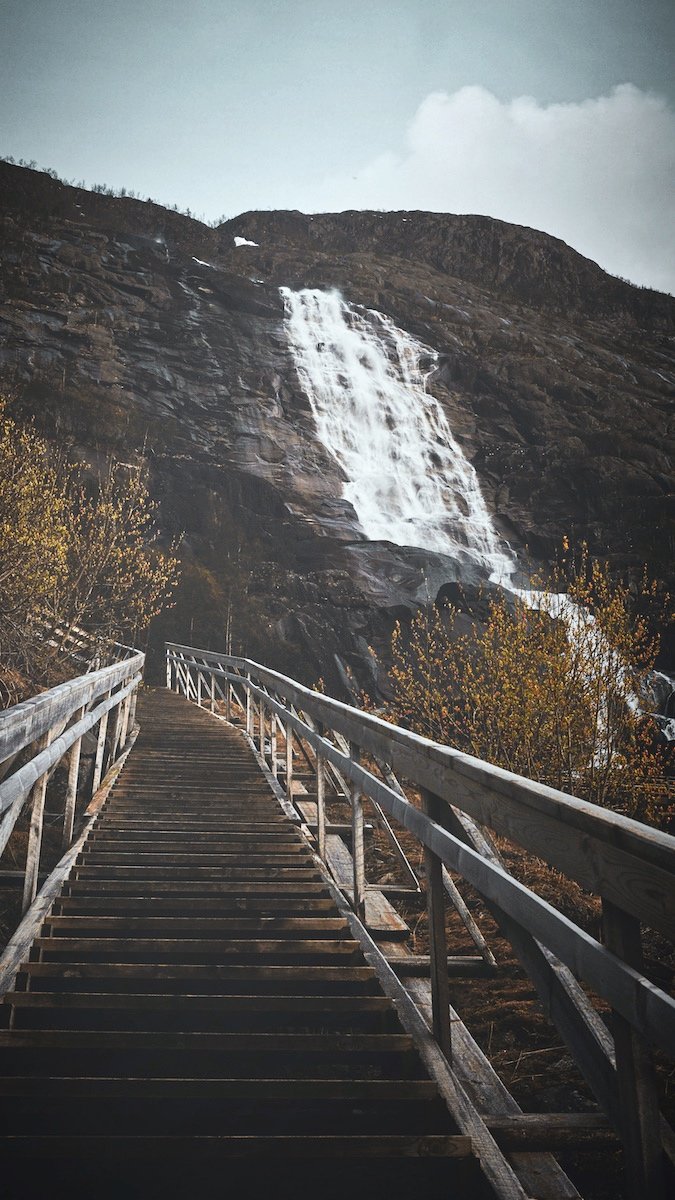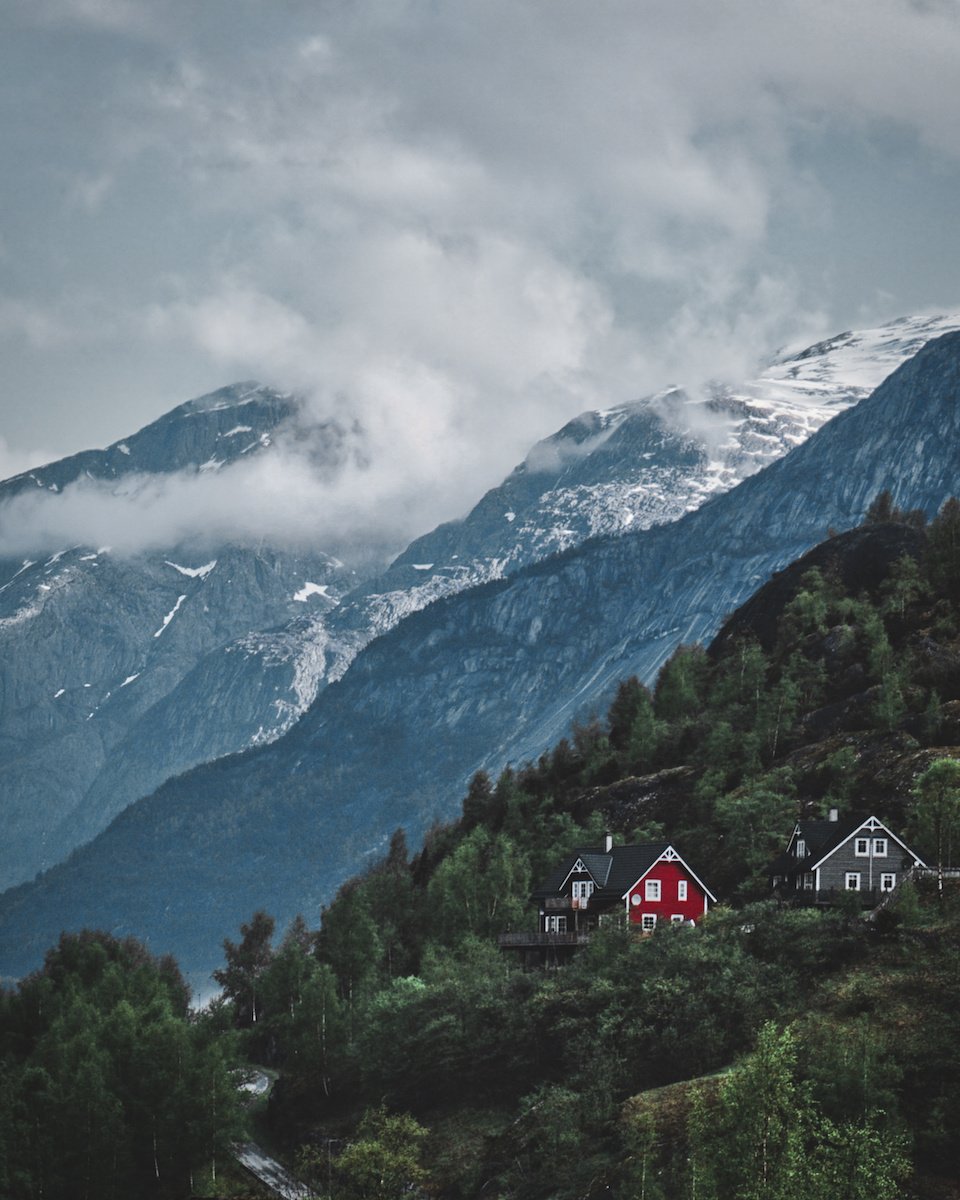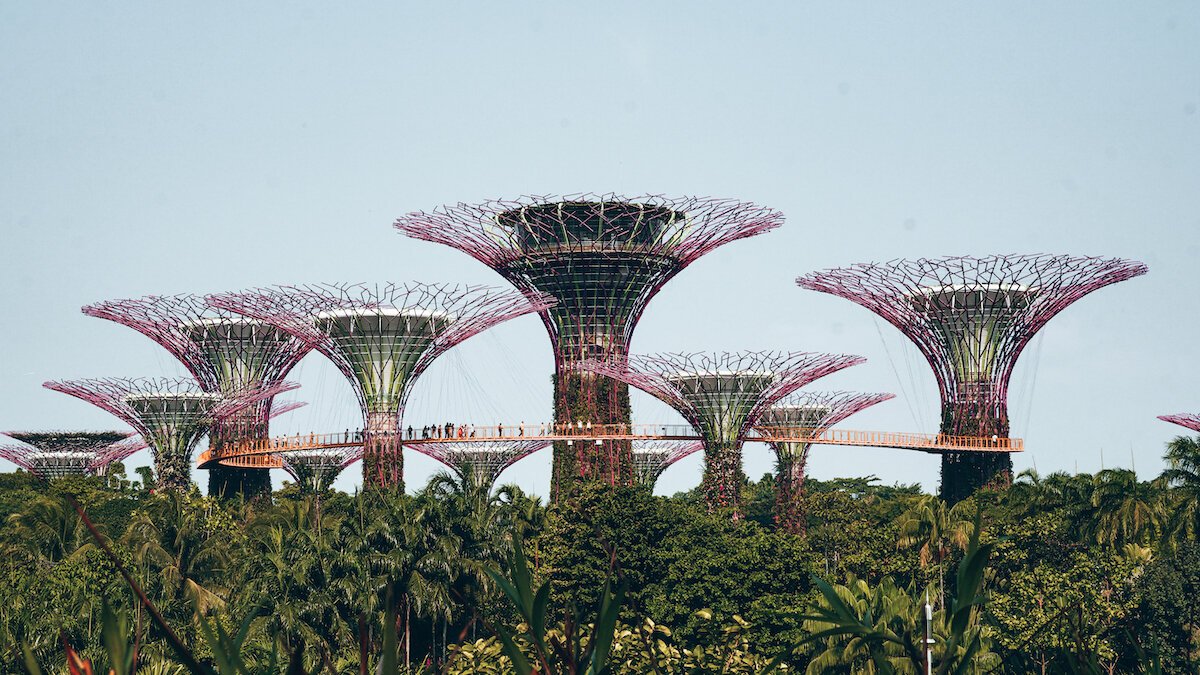Norway Guide for Backpackers: Top Scenic Places on a Budget (from Bergen for 1-2 Weeks)
Norway is expensive, yes. But Norway can also be much cheaper than you think. For those backpackers or even families travelling on a budget, will find that if you’re willing to compromise a little on comfort (ie. cook your own food or go freedom camping), then your budget will last you much longer, which means you can stay longer in this beautiful country!
This article is for those flying into Bergen and planning to do a 1-2 week road trip or backpacking adventure. You’ll find many helpful tips in this article about transport options, road tolls, best places to see, hiking trails and lots of tips for those travelling on a budget (aka. without a car). It’s going to be a long article with lots of information, so let’s get into it!
CONTENT:
1. What to Know Before Arriving in Norway
2. Transport in Norway: Cars, Public Transport and Road Tolls
3. Scenic Route for 1-2 Weeks from Bergen
4. Extend your Norway Trip: More Beautiful Destinations
5. What to Pack and How to Prepare For Norway?
6. Accommodation Tips: Where to Stay in Norway on a Budget?
1. What to Know Before Arriving in Norway
When is the Best Time to Visit Norway?
Peak Season: If you want the warmest weather, then July and August are probably your best bet. Although it’s considered peak season, Norway is so vast that the tourists are rather well spread out. You only really notice the peak season crowds in places like Flam and Bergen (and the cruise ships ports).
Mid Season: If you don’t mind a little cold and maybe even a little snow - then May, June, and September are the months I would recommend. In May, you get the best gushing waterfalls with all the alpine snow beginning to melt. From sunny fjords to snow covered mountain plateau, you get the best of both during these months.
The midnight sun spectacle is only for the regions north of Norway, but around the last few weeks of June, you can experience beautiful long sunsets at 11pm and nights that never seem to go completely dark before sunrise again at 4am. Really magical experience.
Getting to Bergen City from the Airport
To get to Bergen City, you can either take: the Direct Bus for about 120 NOK (12 Euros) or take the slower Local Tram for 38 NOK (4 Euros).
Highly recommend downloading the Public Transport App: SKYSS.no and also Vy.no - this helps you find trains, buses, trams between cities as well as within cities.
Bergen Airport is also open 24 hrs so you can sleep there for the night if you have a super early flight and would prefer to save on a night’s accommodation + transport fee.
Do you need a Norwegian Sim card?
If you have any European SIM, then it should work perfectly fine here (unlike in Switzerland). Don’t bother getting a Norwegian SIM Card if you don’t have to as it’s a bit of a process and rather costly.
Wifi tends to be pretty good in most places, however, it’s not uncommon for some places not to have wifi either.
Money, Cash, Currency:
You can pay by card almost everywhere, but sometimes it’s worth having cash on you as many people do still use cash - 200 NOK is a good amount to have on you, just in case.
Norway uses Norwegian Kroner (NOK)
10 NOK = 1 EUR (roughly)
If you will be travelling more and using many different currencies, then you might want to consider using TransferWise to manage your funds. I wrote an article about how you can avoid the large currency conversions fees from banks when travelling short or long term.
You can find it here: How I Manage my Foreign Currencies.
Health and Safety:
Norway is a very safe country. It’s also beautifully pristine and clean, so please keep it that way and respect the amazing nature landscape by ‘leaving no trace’.
Freedom Camping is allowed - but there are some guidelines to keep to, which you can read about here: Scandinavia Freedom Camping Info
Tap water is drinkable and it’s super good! You can also fill up from waterfalls or mountain streams… best water I ever tasted!
Recycling: When you buy plastic bottles or aluminium cans in Norway, they charge you a few NOK extra, which you only get back if you return the bottles!! At almost every supermarket, there is a recycling machine that scans the codes and you get your money back in the form of a receipt, which you can also use in store as a coupon… genius!
2. Transport in Norway: Cars, Public Transport and Road Tolls
Travelling by Car:
Definitely the best way to travel Norway is by car. You can get to those hidden spots, do sunrise hikes, stop at cool waterfalls along the way and have the flexibility of being spontaneous.
But renting a car in Norway is expensive! Not to mention the Road Toll bills, which can add up quickly to a very hefty amount. When you drive in Norway, expect lots and lots of tunnels with road toll fees.
In my first two weeks in Norway, I travelled the same route mentioned below and accumulated almost 200 Euros in Road Tolls alone… this was not including Ferry Rides. One particular bridge cost 30 Euros ONE WAY! Goodbye savings… !!
How to AVOID Road Tolls in Norway:
The easiest way to avoid road tolls is to have an electric car. Electric cars are exempt from all road tolls and bridge tolls (as far as I know), but you do need a special permit for this. If you’re renting an electric car, then enquire and make sure that road tolls are indeed exempt. There are no barriers or gates, everything is automatic.
If you have a petrol/diesel car, then unfortunately you will be subject to Road Toll fees. This is usually along the more scenic/touristic routes, most tunnels will incur in tolls from 30-100 NOK - sometimes up to 300 NOK. Often, there is no way around these tolls and even if you take a detour, it will cost you a lot of time.
Norwegian registered cars usually have an electronic toll pass. But if you’re driving with a foreign car, there’s no need to register or buy a pass/vignette (unlike in Austria and Switzerland) - they simply stalk your address via the car plates and send you a bill via snail mail next month.
Travelling by Train:
The main train route is between Bergen-Oslo and this route is so beautiful, especially the stretch from Bergen (via Voss and Myrdal) to Geilo. You pass through stunning alpine scenery, lakes and glaciers.
Although more expensive than bus, it’s worth it because the train often travels through places where cars/roads don’t go through - therefore, it’s a very unique experience in my opinion.
They also do student discounts but beware: you must present your student ID otherwise you’ll get fined. They are very black and white about this.
The trains in Norway used to be run by NSB, but have since changed and are now known as VY. You can find more info about prices and timetables here: Vy (Former NSB)
Travelling by Bus:
Best way to find buses and timetables is via: SKYSS or Nettbuss.
You can either buy your tickets on the app or on the bus. Buses usually accept cash and card.
Some routes accept STUDENT DISCOUNTS so always ask just in case - you cave save so much money.
Norwegians are super punctual so don’t be late to the bus stop.
No road toll fees here!
Hitchhiking:
Hitchhiking was surprisingly easy - especially if you are alone or travelling in a pair - but this depends on where you are. Overall, I have hitch hiked countless times (over 30 rides in total) - and I felt so safe.
The people who picked me up were so incredibly nice, some even gave me punnets of strawberries, while another lady gave me some lunch money. One time, I even got picked up by a gleaming white Tesla!! Best hitch hiking experience goes to Norway for sure!
3. Scenic Route for 1-2 Weeks from Bergen
Now to the fun part! In this section, I’ll be outlining all my favourite destinations on a 1-2 week road trip from Bergen, including an ideal length of time to stay + some of my favourite highlights in that area.
The cozy city of BERGEN - 2 DAYS
The city of Bergen is rather small and quickly explored in half a day. You will find nice gardens and parks, (expensive) restaurants lining the waterfront and quaint, cozy streets with colourful houses. Here are some of my city recommendations:
Bryggen - The Old Town of Bergen is probably the most touristic part, but it’s definitely worth having a look as it’s very photogenic and they have lots of interesting things on display.
Nøstet - Absolutely the cutest area in Bergen! Down the cobbled street lanes of Klosteret and Skottegatan, you’ll find clusters of cozy, colourful Norwegian style houses. This area has such cool vibes and the best part is… not very many people know about this place?
Løvetann Kaffebar - Local Cafe serving excellent food and baking. Located right by the beautiful Nøstet suburb.
Address: Klosteret 16, 5005 Bergen, NorwayGodt Brød Fløyen - Local Cafe with delicious (and expensive) Norwegian style sandwiches.
Address: Vetrlidsallmenningen 19, 5018 Bergen, Norway
However, the real attraction is the landscape - more specifically the seven mountains that encircle Bergen. Here are two of the mountains you can easily visit from Bergen city:
Fløyen
You can either hike up from the harbour or go up with the Fløibanen (which costs around 50 NOK one way). Best time to go is sunset or sunrise and you have an amazing panoramic view over Bergen city.
There are also an entire network of hiking trails here from easy to hard. If you are up for an adventurous Day Hike, then follow the “Vidden” track all the way to Ulriken Peak. Takes about 5hrs but the landscape and mountain plateau is a dream to hike through.
You can find more information and prices here: Fløibanen
Ulriken
You can take a bus to the bottom of Ulriken and begin the hike there. It should only take you an hour to reach the top.
Beware: there are lots of steep stairs. If you prefer not to walk, you can also reach the top via the Ulriksbanen (Cable Car) for about 125 NOK.
You can find more information and prices here: Ulriksbanen
VOSSVANGEN (aka. VOSS): 1-2 DAYS
Most people use Voss primarily as a base for activities and further destinations. This is a good place to stock up on supermarket food and do any necessary shopping.
Fun Fact #1: This is where the fancy VOSS water comes from apparently.
Fun Fact #2: I actually lived here for a couple months and my favourite cafe/bar in Voss is the Tre Brør Kafé og Bar. Super chill, cozy vibes! :)
Beautiful Places in/near Voss:
Lornahorgi: the massive mountain right above Voss can be hiked (and skied) but it takes a good full day to make the return trip. You start from behind the Voss Folk Museum and the route is very steep - so definitely need proper hiking boots.
Bordalsgjelet: a natural wonder of deeply carved gorges and rivers - it’s absolutely stunning! Simply follow the Bordalsgjelet trail (it’s not very long) and you’ll reach a really nice view point. Best part is: not many people know about this hidden gem!
Skjervsfossen: located between Voss and Granvin, this is waterfall is worth the little side trip! (The girl in the photo is wearing a traditional Norwegian Bunad on May 17th - Norwegian Independence Day)
Tvindefossen: massive waterfall on the way to Gudvangen/Flåm.
AURLAND REGION: 1-2 DAYS
Aurland is a more touristic region, especially in the township of Flåm. Many cruise ships and boats tend to stop here and so it’s a very busy place during peak season. However, it’s a very scenic fjord and there are two things I would highly recommend you do:
Myrdal to Flåm: Train or Hike?
One of the most breathtaking hikes you can do is the trail from Myrdal through a steep, rugged valley lined with waterfalls all the way to Flåm. Take the train all the way to Myrdal Station and begin the hike there. It should only take you about 3-4hrs to hike and the path is quite well marked.
You can also do this stretch via the Flåmsbana Rail, which costs about 360 NOK (36 Euros per person - One Way). Basically hop off at Myrdal and change trains. It will take you all the way down to Flåm.
You can find more info about it here: Rail Info and Prices/Timetable
Stegastein: Lookout Point
If you want a panoramic view of the Aurlandsfjord, then Stegastein is the place for it! It’s pretty hard to get here without a car as it’s very very high up, plus the roads are rather narrow and windy. Definitely a popular spot but well worth the effort of getting up here.
The girl in the photo is wearing a traditional Norwegian Bunad - also taken on May 17th: Norwegian Independence Day.
KAYKING the NÆRØYFJORD: 1-3 DAYS
Whether you have time (and money) for one day or three full days - I highly, highly recommend you do a kayak tour with Nordic Ventures along the Nærøyfjord (the world’s narrowest fjord and UNESCO Site).
It’s also possible to rent kayaks but honestly, you get so much out of the guided tours, especially the 2-3 day tours where you also go wild camping and alpine hiking.
You can find more information and photos on my detailed article here:
Kayaking the Nærøyfjord
Disclaimer: I used to be a guide for Nordic Ventures but trust me, the tours are pretty awesome and I would personally recommend either: Day Tour or Three Day Tour.
EIDFJORD REGION: 2 DAYS
This is a region you shouldn’t miss. I had the privilege of working with an Outdoor Activities company (Flat Earth) for a few months and also Destination Eidfjord in promoting this beautiful region. From Kayaking and Rafting, to Hiking and Glacier Expeditions - there is so much to explore. Eidfjord is also the gateway to the Hardangervidda National Park, where you have the option of hiking many day and multi-day trails.
My favourite places in Eidfjord Region:
Kjeåsen Mountain Village //
From Eidfjord, you can either drive down the Simadal Valley and through the tunnel to the top, or rent a bike from the Eidfjord Info Centre and cycle 20mins to the start of the hike. The track is steep and very rocky, but I promise it’s so much more rewarding to hike up than it is to drive up!
Total Hiking Time: 1-1.5 hrs one way.
Øvre Eidfjord and Nature Centre //
The road to Øvre Eidfjord is stunning and the lake is a popular place to swim and fish. If you’re interested in geology, flora and fauna - then a visit to the Nature Centre is well worth it. It’s very educational and very well put together.
Hardangervidda National Park //
From Øvre Eidfjord, you can reach the car park quite easily via Hjølmoberget. The road is very windy and steep with many dirt road sections. If you want to do a day hike, I can recommend going to Valursfossen. But you can find many short and multi-day trails from here.
Voringfossen //
This waterfall is like a scene from Jurassic Park! It’s absolutely mind blowing how magnificent it is. The best view of the waterfall is from the lookout point by Fossli Hotel. You can also hike down to the bottom of the falls too (2.5 hrs return). By car, it’s about 15-20 mins from Eidfjord.
If you have any questions about the trails or what to do/see - the lovely ladies at the Eidfjord Info Centre are super helpful! You can find more information about Eidjord here: Visit Eidfjord
4. Extend your Norway Trip: More Beautiful Destinations
If you have more time to spare perhaps an extra week or so, then I can definitely recommend the following places to visit! However, be prepared for long drives and it may be that you will have to take a more expensive ferry back to Bergen to save time or fly out from Stavanger. Some of these routes are rather tricky and quite out of the way, but totally worth the extra effort I promise you!
Popular Hikes near Stavanger:
Preikestolen: Steep Cliff Drop
Kjerag(bolten): Boulder between rock
Trolltunga: Trolls Tongue Hike from Odda
Stunning Waterfalls that you might pass by:
Langfossen - On the way down to Kjerag and Preikestolen
Låtefossen - 20 min drive from Langfossen, near Odda
Steindalfossen - Near Norheimsund along the alternative route back to Bergen.
5. What to Pack and How to Prepare For Norway?
Norwegian weather can be brutal and very unpredictable. Make sure you bring lots of warm clothes (even if it’s summer), also bring lots of waterproof/rain gear because you will most likely need it.
My Backpacking & Camping Essentials
Large Backpack for the bulk of your things, preferably also with lots of straps for attaching your tent and other things to the outside - around 40L to 60L, depending on how long your trip is or if you have flight restrictions.
Small Lightweight Backpack for easy access to things you will use often like chargers, camera, food, jacket, sunscreen - 15L to 25L
Lightweight Tent + Waterproof Tarp if you’re camping - try aim for less than 2-2.5kgs because you want the lightest tent possible, if you are going to be walking/hiking around with everything.
Ultra Lightweight Sleeping Mat, which you blow up yourself. I found one that weighs less than 500g and rolls up super tiny.
Ultra Light DOWN Sleeping Bag - and I specify DOWN because it is super lightweight, super compressible and incredibly warm! It will save you a tonne of space and weight in your backpack.
Pocket Knife - but don’t bring this if you are flying with Carry On only - or you will have it confiscated!
External Charger - that holds a minimum of 4x full charges for your phone - make sure to recharge this whenever possible! I consider this a safety essential because in cold weather, electronics die quickly and if you have a flat phone in the middle of nowhere, that is a dangerous situation to be in.
Headlamp is your best friend at night and also a safety essential to have in case you happen to find yourself hiking longer than expected past sunset. Bring extra batteries for it.
Large drink bottle (or even two) so you have enough for cooking and drinking. Fill up at waterfalls or alpine rivers.
Matches/fire lighter + fire starters so you can make a fire to keep warm if it’s a really cold night.
First Aid Kit: a small one with essentials should be enough
Camping Cooking Set + Gas for cooker (unless you are flying with carry-on)
Biodegradable rubbish bags to pack your litter!
Toilet Paper - something I always forget but is really an essential!
Carabiners and Rope - so underrated but seriously so practical and super handy to have.
You can find a more comprehensive list in this article: Backpacking Essentials
6. Accommodation Tips: Where to Stay in Norway on a Budget?
Sleeping in your car
If you’re renting, then make sure you rent a car that is spacious enough to put the backseats down with enough room for you to stretch your legs (but also for all the backpacks and gear).
Freedom Camping
Thankfully freedom camping is actually legal in Scandinavia - but in order to keep it that way, we all have to do our part in ‘leaving no trace’. It’s important to respect the nature and people’s private property.
Read an official page regarding: Freedom Camping in Norway.
Camping sites and Huts
If you prefer to have access to bathroom, showers, kitchen and electricity then you will find many camp sites and/or huts around most regions. They are not too expensive: Roughly 50-80 Euros for a hut for 3-4 people.
couchsurfing
A super cool way to meet locals and really immerse yourself in the culture! It’s also completely free, which is why it’s one of my favourite ways to travel - especially when solo.
You can read my Guide to Couchsurfing here.
HOtels & Guest Houses
If you prefer to travel with a bit more comfort and luxury (or just want to treat yourself), there are plenty of hotels and cozy, quaint guest houses to choose from.
Here are some quick links to accommodation options in the relevant regions:
Bergen - Voss - Eidfjord - Aurland
My Tip for accommodation on a Budget:
set the price range to the lowest category: $0-$50 or $100 max
tick: “only show available places” - makes your search less cluttered
use the MAP view because location is very important and it’s easier to see everything at a glance than it is to stroll through each of them.
shortlist your favourites: 3-5 max
make your choice based on: check-in and check-out times, reviews from other people, ease of getting there, WIFI, kitchen, etc.
Here’s an article I wrote about Backpacking with tips on: how to eat well on a budget, how to stay safe in the middle of nowhere, packing and safety essentials, how to hitchhike safely, Couchsurfing safely, and how to find good freedom camping spots.
You can find it here: Backpacking Tips & Advice
Disclaimer: This article contains my recommendations in the form of affiliate links. If you book or buy something through these links, then I will receive a small commission - this does not change the prices for you at all, but it certainly means a lot to me - so thank you :)
Have you been to Norway before? Where were some of your favourite places and where would you like to visit next time? If you have any questions at all about backpacking or travelling in Norway, leave a comment below or shoot me a message @emilypeilan - looking forward to hearing from you!
More like this


